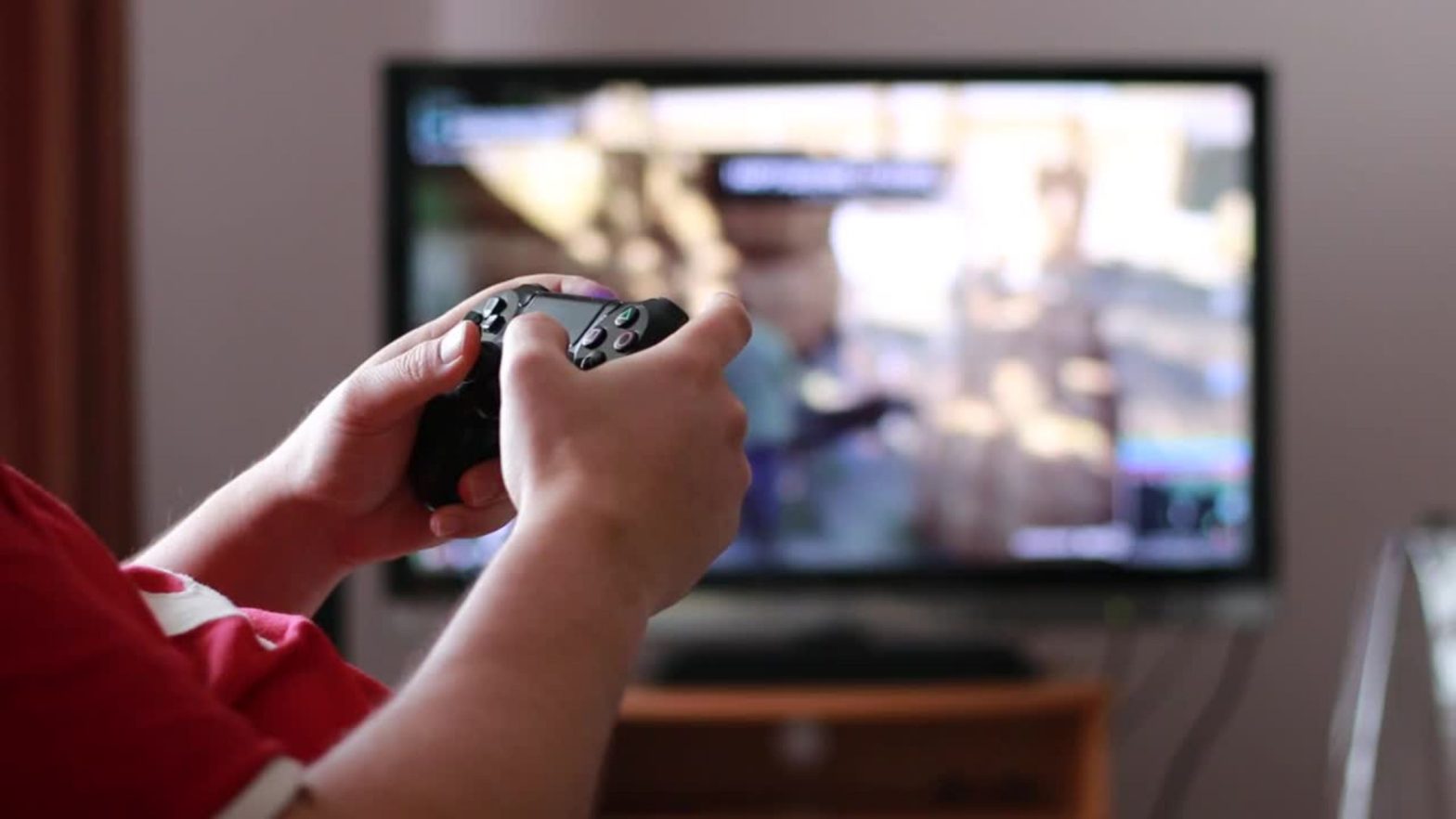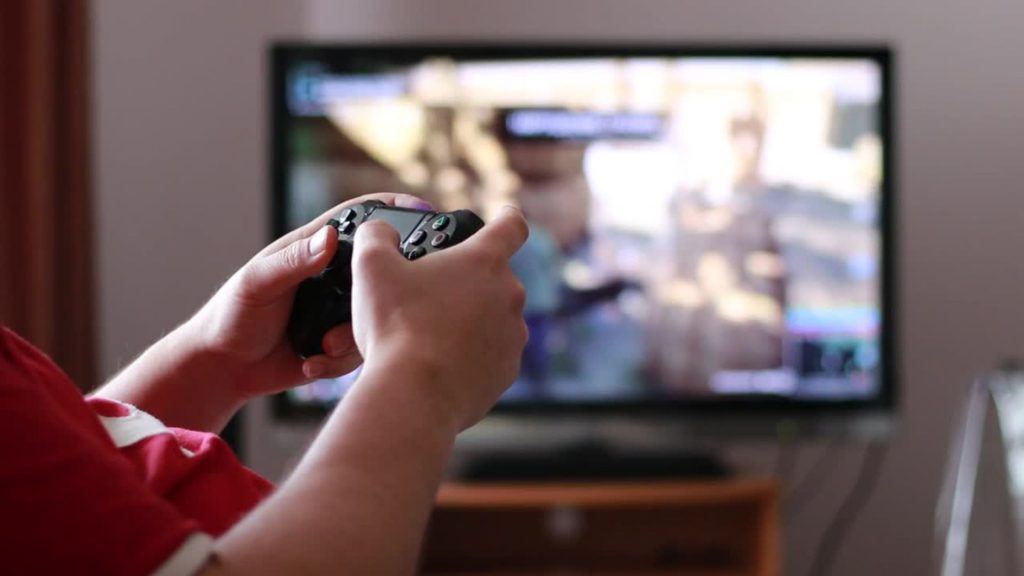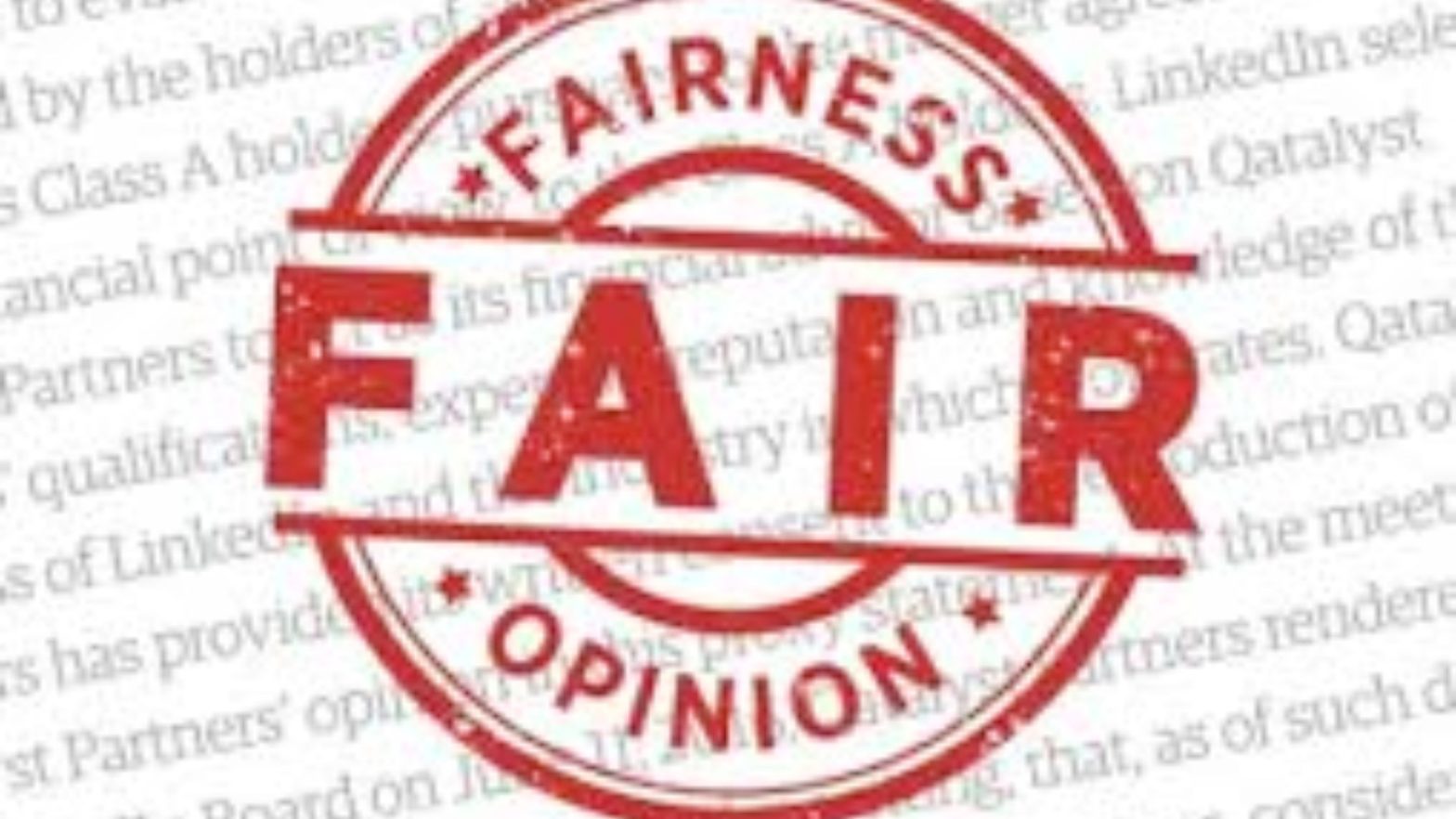
Navigating Cognitive Dissonance
In the labyrinth of our minds, cognitive dissonance often lurks as a puzzling and uncomfortable conundrum. It’s that discordant feeling when our beliefs clash, when our actions conflict with our values, and when our understanding of the world faces the harsh light of inconsistency. Cognitive dissonance is not a flaw in our thinking but a natural consequence of our complex and evolving selves.
This journey into the realm of such dissonance is an exploration of these clashes and the quest for harmony. It is a guidebook through the maze of conflicting beliefs and emotions, offering strategies for navigating the twists and turns toward clarity and growth.
In the chapters ahead, we will unravel the intricacies of cognitive dissonance, understanding its origins and manifestations in our lives. We will delve into real-world examples, from the personal to the societal, to shed light on how this phenomenon shapes our decisions, relationships, and even our societies. More importantly, we will equip ourselves with practical tools and insights to address cognitive dissonance constructively.
Our aim is not to eliminate dissonance entirely, for it is an integral part of human nature. Instead, we seek to harness its power as a catalyst for personal growth and positive change. By the end of this journey, we hope to emerge with a clearer understanding of our own beliefs, a deeper empathy for the perspectives of others, and a newfound ability to transform the tensions of dissonance into the harmonies of growth.
Unpacking Cognitive Dissonance
Cognitive dissonance is a fascinating psychological concept that sheds light on the complexities of human thinking and decision-making. This term, coined by psychologist Leon Festinger in 1957, refers to the discomfort we experience when we hold conflicting beliefs, attitudes, or values. In this blog post, we’ll delve into the depths of cognitive dissonance, explore its origins, and understand how it influences our everyday lives.
What Is Cognitive Dissonance?
At its core, cognitive dissonance arises when there’s a misalignment between our beliefs and actions. It’s the mental discomfort we feel when we realize that our attitudes or behaviors contradict one another. For example, imagine someone who strongly believes in the importance of environmental conservation but frequently drives a gas-guzzling SUV. This internal conflict creates a state of dissonance.
The Origins of Cognitive Dissonance
Leon Festinger’s theory of cognitive dissonance was born out of a desire to understand why people change their beliefs and attitudes. He and his colleagues conducted a now-famous study where participants were asked to perform a dull and monotonous task. Afterward, they were offered either a small or large sum of money to tell the next participant that the task was exciting and enjoyable.
What Festinger observed was remarkable. Participants who were paid a small sum to lie experienced more significant dissonance than those paid a larger amount. The reason? Those who received the small payment couldn’t justify their dishonesty based on financial gain, leading to a greater internal conflict.
The Uncomfortable Nature of Cognitive Dissonance
Cognitive dissonance is uncomfortable. It creates a sense of unease and tension that we are naturally inclined to resolve. To do so, we often engage in various strategies, such as changing our beliefs, minimizing the importance of the conflict, or seeking information that supports our actions. In the case of our environmentally conscious SUV driver, they might downplay the impact of their vehicle on the environment or seek out information that suggests SUVs are not as harmful as believed.
Real-World Examples of Cognitive Dissonance
Cognitive dissonance is not confined to research laboratories; it plays out in our everyday lives. Think of someone who continues to smoke despite knowing the health risks associated with it. To alleviate the discomfort caused by the conflict between their knowledge and behavior, they might convince themselves that the health risks are exaggerated or that they have control over their smoking habits.
Cognitive Dissonance in Decision-Making
Cognitive dissonance also significantly impacts decision-making. When we make choices that are inconsistent with our beliefs or values, we experience dissonance. To reduce this discomfort, we might convince ourselves that our choice was the right one or that we had no other option. This self-justification process can lead to a skewed perception of reality.
Recognizing Cognitive Dissonance
Awareness is the initial and essential step in counteracting this dissonance. You need to be able to recognize when this psychological discomfort is occurring in your life. Understanding the common signs and symptoms of cognitive dissonance is key to addressing it effectively. Let’s delve into some of these indicators.
Feeling Uneasy About a Decision
One of the most prevalent signs of cognitive dissonance is a sense of unease or discomfort after making a decision. This unease arises when you realize that your choice contradicts your existing beliefs or values. For example, if you’ve committed to a strict healthy diet but find yourself craving and indulging in unhealthy snacks, that discomfort could be a sign of cognitive dissonance.
Justifying Behavior That Conflicts with Values
Another telltale sign is the act of justifying behaviors that go against your core values. When you catch yourself rationalizing actions that contradict what you hold dear, it’s a clear indicator of cognitive dissonance. For instance, if you strongly believe in honesty but find yourself telling a white lie and then telling yourself it was for a good reason, this could be a manifestation of dissonance.
Cognitive Dissonance: Experiencing Inner Conflict
Cognitive dissonance often manifests as inner conflict. You might find yourself torn between two conflicting beliefs or actions. This internal struggle can be emotionally taxing and can hinder your ability to make sound decisions. Recognizing this internal turmoil is crucial in addressing cognitive dissonance.
Seeking Confirmation Bias
When faced with cognitive dissonance, individuals often seek out information that aligns with their current beliefs or behaviors, effectively engaging in confirmation bias. This bias reinforces their existing views and helps reduce the discomfort of dissonance. For example, if you have strong political beliefs and come across evidence that contradicts them, you might dismiss that evidence and actively seek out sources that confirm your initial stance.
Downplaying the Significance
Sometimes, people downplay the significance of their choices or actions to alleviate cognitive dissonance. They might convince themselves that what they did wasn’t that important or that it doesn’t really conflict with their values. This minimization can be a coping mechanism to reduce the discomfort associated with recognizing the inconsistency.
Rationalizing Past Actions
Rationalization is a common response to cognitive dissonance. When people find themselves in situations where their past actions or decisions are at odds with their current beliefs, they often rationalize their past behavior. This can involve rewriting the narrative or convincing themselves that they had no other option.
Understanding these signs and symptoms of cognitive dissonance is the first step toward effectively addressing it in your life. By recognizing when you’re experiencing this psychological discomfort, you can take proactive steps to resolve it and make more congruent choices aligned with your beliefs and values. In the next sections, we’ll explore strategies for dealing with cognitive dissonance and achieving greater harmony in your decision-making.
Cognitive Dissonance: Strategies for Resolution
Now that we’ve identified the signs of cognitive dissonance, it’s time to explore effective strategies for resolving this inner conflict. Cognitive dissonance can be uncomfortable, but it also presents an opportunity for personal growth and alignment with your core values. Let’s dive into some strategies for addressing and resolving cognitive dissonance.
Self-Reflection
Start by reflecting on the source of your discomfort. Identify the conflicting beliefs, values, or actions that are causing cognitive dissonance. Self-awareness is the foundation of any resolution process. Take time to explore why you feel this inner conflict and what it means to you.
Reevaluate Your Beliefs
Question the beliefs or actions that are causing the dissonance. Are they truly aligned with your values and goals? Sometimes, dissonance arises because we’ve adopted beliefs or behaviors that don’t authentically reflect who we are. Reevaluate whether these conflicting elements are worth holding onto or if they need to be adjusted to align better with your values.
Engage in research and gather information about the conflicting beliefs or actions. Sometimes, cognitive dissonance emerges from a lack of understanding or exposure to different perspectives. Expanding your knowledge can help you make more informed decisions and reduce the discomfort of dissonance.
Find a Middle Ground
In some cases, it’s possible to find a middle ground that bridges the gap between conflicting beliefs or actions. This compromise can reduce dissonance while still allowing you to honor your values. Consider whether there’s a way to harmonize your internal conflicts without compromising your core principles.
Set Clear Priorities to Counteract Cognitive Dissonance
Identify your priorities and determine which beliefs or values are non-negotiable. This clarity can guide your decision-making process and help you focus on what truly matters to you. By setting clear priorities, you can reduce the impact of dissonance on less important aspects of your life.
Embrace Change
Cognitive dissonance often arises during periods of personal growth or change. Instead of resisting change, embrace it as an opportunity for growth and self-improvement. Recognize that discomfort is a natural part of personal development, and it can lead to greater self-awareness and fulfillment.
Seek Support
Don’t hesitate to seek support from trusted friends, family members, or a therapist. Discussing your feelings of cognitive dissonance with others can provide valuable insights and emotional support. Sometimes, an external perspective can help you gain clarity and navigate the inner conflict more effectively.
Take Action
Once you’ve reflected, reevaluated, and gathered information, it’s time to take action. Make decisions and choices that align with your adjusted beliefs and values. Taking action is a powerful way to resolve cognitive dissonance and move towards a state of greater congruence.
Practice Mindfulness
Mindfulness techniques can be incredibly helpful in managing cognitive dissonance. By staying present and nonjudgmental, you can observe your thoughts and emotions without becoming overwhelmed by them. This practice allows you to respond to dissonance with greater calm and clarity.
Embrace Lifelong Learning
Finally, remember that cognitive dissonance is a natural part of personal growth and learning. Embrace a mindset of lifelong learning and continuous improvement. As you acquire new knowledge and experiences, your beliefs and values may evolve, reducing the discomfort of dissonance.
Cognitive dissonance is a part of the human experience, but it doesn’t have to control your decisions and actions. By employing these strategies and maintaining a commitment to self-awareness, you can navigate cognitive dissonance and achieve greater harmony in your life. In the following sections, we’ll explore real-world examples and practical applications of these strategies.
Cognitive Dissonance: Embracing Self-Reflection
One of the most effective ways to address cognitive dissonance is by embracing self-reflection. Self-reflection involves examining your thoughts, beliefs, and actions in a thoughtful and introspective manner. It’s a powerful tool for gaining insight into the source of your inner conflicts and finding resolutions. Let’s delve into why self-reflection is crucial in the context of cognitive dissonance.
Recognizing Dissonance
Self-reflection allows you to recognize when cognitive dissonance is occurring in your life. It’s like shining a light on your inner world, helping you identify conflicting beliefs or actions that are causing discomfort. By acknowledging the dissonance, you take the first step towards resolving it.
Examining Core Beliefs
Through self-reflection, you can dive deep into your core beliefs and values. It’s essential to understand what truly matters to you and why. Often, cognitive dissonance arises when your actions or decisions clash with these fundamental principles. Examining your core beliefs helps you pinpoint where the misalignment occurs.
Exploring the Origins
Understanding why you hold certain beliefs or engage in specific behaviors is key to resolving dissonance. Self-reflection allows you to explore the origins of your thoughts and actions. Are they influenced by societal norms, past experiences, or external expectations? This exploration can reveal valuable insights into the source of your inner conflicts.
Assessing Impact
Self-reflection also involves assessing the impact of cognitive dissonance on your well-being and decision-making. How does this inner conflict affect your emotions, relationships, and overall quality of life? By examining the consequences, you gain motivation to address and resolve the dissonance.
Considering Alternatives
When you engage in self-reflection, you open yourself to considering alternative perspectives and choices. This is particularly important when your dissonance is related to deeply ingrained beliefs. By exploring other viewpoints and options, you may find a path towards resolution that aligns better with your values.
Cultivating Self-Awareness
Ultimately, self-reflection cultivates self-awareness—a fundamental skill for managing cognitive dissonance. Self-awareness means being in tune with your thoughts, emotions, and behaviors. It allows you to catch dissonance as it arises, address it proactively, and make choices that are more aligned with your authentic self.
Practical Tips for Self-Reflection:
- Set aside dedicated time for introspection, whether through journaling, meditation, or deep thinking.
- Ask yourself open-ended questions like “Why do I believe this?” or “How does this align with my values?”
- Seek feedback from trusted friends or mentors who can offer an external perspective.
- Practice self-compassion during self-reflection; avoid self-judgment.
- Use mindfulness techniques to stay present and nonjudgmental while examining your thoughts and emotions.
Incorporating self-reflection into your life can lead to profound personal growth and a deeper understanding of yourself. It’s a valuable tool for addressing cognitive dissonance and finding resolutions that bring greater harmony to your beliefs and actions. In the next section, we’ll explore practical strategies for reevaluating your beliefs and making informed choices.
Cognitive Dissonance: Growth and Personal Development
Cognitive dissonance, while often uncomfortable, can be a catalyst for growth and personal development. It challenges us to confront inconsistencies in our beliefs and behaviors, prompting us to make choices that align more closely with our values. In this section, we’ll explore how embracing cognitive dissonance can lead to profound personal growth.
Increased Self-Awareness
Cognitive dissonance forces us to examine our beliefs and actions more closely. As we grapple with the discomfort of conflicting thoughts, we gain a deeper understanding of our inner selves. This heightened self-awareness is the first step toward personal growth.
Resilience Building
Dealing with dissonance isn’t easy, but it builds resilience. It teaches us to confront challenges, adapt, and find solutions. Overcoming cognitive dissonance equips us with problem-solving skills that extend beyond the specific conflict, making us more resilient in the face of adversity.
Enhanced Decision-Making
The discomfort of dissonance encourages us to make decisions that align with our values. This process of introspection and conscious decision-making leads to more thoughtful and intentional choices in various aspects of life, from career decisions to personal relationships.
Adaptation to Change
Dissonance often arises during periods of change or personal growth. Embracing this discomfort can make transitions smoother. Instead of resisting change, we learn to adapt and embrace new opportunities for self-improvement.
Strengthened Relationships
Consciously navigating dissonance in relationships can lead to healthier interactions. When both parties are willing to address inconsistencies and find common ground, it fosters stronger, more authentic connections based on mutual understanding and respect.
Continuous Learning
Cognitive dissonance promotes a mindset of continuous learning. It encourages us to seek new information, consider different perspectives, and remain open to growth. Embracing the discomfort of dissonance means we’re committed to evolving and expanding our knowledge.
Enhanced Problem-Solving Skills
As we resolve dissonance, we develop problem-solving skills that extend beyond the specific conflict. These skills become valuable assets in both personal and professional settings, helping us tackle challenges with creativity and resilience.
Greater Authenticity
Embracing dissonance with awareness often leads to greater authenticity. When we make choices that align with our true beliefs and values, we present our authentic selves to the world. This authenticity fosters more meaningful connections and a deeper sense of fulfillment.
Personal Empowerment
Overcoming cognitive dissonance empowers us to take control of our lives. We become active agents of change, making intentional decisions that reflect our values and priorities. This sense of empowerment is a driving force behind personal growth.
Fulfillment and Satisfaction
Ultimately, embracing cognitive dissonance can lead to greater fulfillment and satisfaction in life. When our beliefs, actions, and values are in harmony, we experience a sense of inner peace and contentment that transcends momentary discomfort.
While cognitive dissonance may initially appear as a challenge to our mental equilibrium, it’s a valuable tool for personal development. Embrace the discomfort, engage in self-reflection, and make choices that align with your true self. In doing so, you’ll embark on a journey of growth, resilience, and fulfillment.
Cognitive Dissonance: Conclusion
In the journey of understanding and addressing this dissonance, we’ve explored the intricacies of this psychological phenomenon and discovered strategies for resolution. This dissonance is a universal experience, a natural consequence of our complex beliefs, values, and actions often clashing in the intricate landscape of our minds. It can manifest in various aspects of life, from personal decisions to societal conflicts, but it doesn’t have to be a source of distress.
By recognizing the signs of dissonance, we can embark on a path toward greater self-awareness. Self-reflection, reevaluating beliefs, seeking information, and finding middle ground are among the strategies that empower us to confront and resolve this inner conflict. Embracing change, setting priorities, and seeking support from trusted sources are essential elements of the journey.
The process of resolution may require effort and discomfort, but it leads to personal growth and alignment with our core values. Dissonance serves as a signal, indicating areas in our lives where we can evolve and better understand ourselves. It encourages us to embrace change, engage in lifelong learning, and make choices that resonate with our authentic selves.
Ultimately, cognitive dissonance is a reminder of our capacity for growth and adaptation. It underscores the dynamic nature of our beliefs and values, reminding us that our perspectives can evolve as we gain new knowledge and experiences. With mindfulness and a commitment to self-improvement, we can navigate cognitive dissonance with grace and achieve greater harmony in our lives.
Further Reading



















